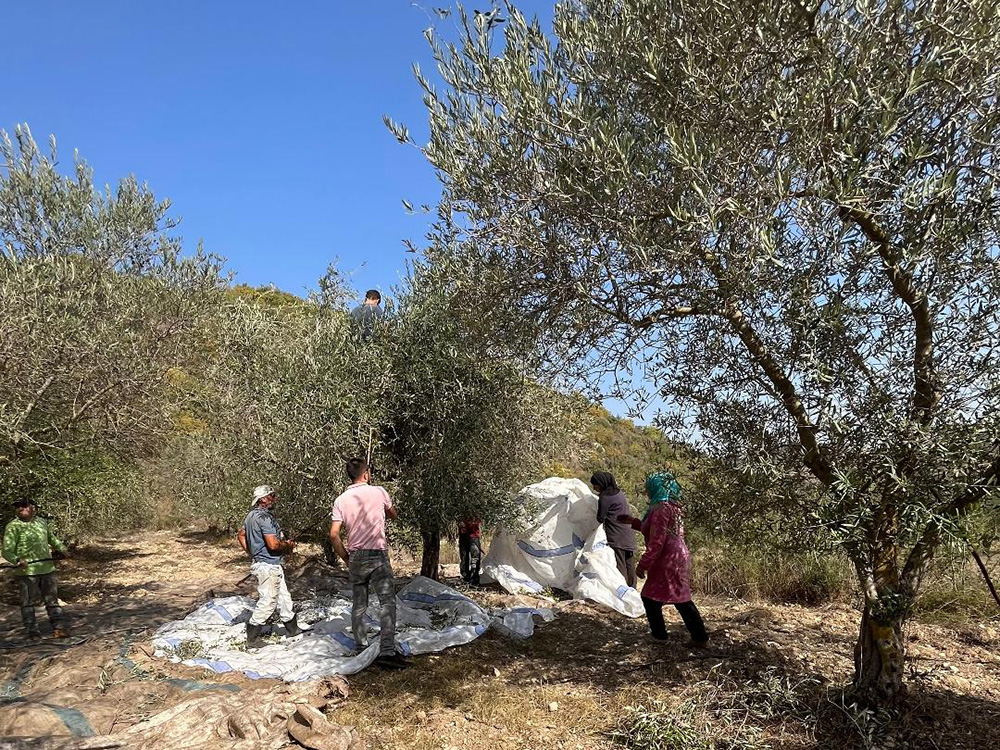Gentle Manual Harvesting and Processing of Olives is a traditional, sustainable method that emphasizes quality, preservation of the fruit, and care for the olive tree. This process is especially valued in the production of high-quality extra virgin olive oil and artisanal table olives.
🌿 Manual Olive Harvesting: Gentle Techniques
Timing the Harvest
Maturity stage is crucial: harvested when olives are green-black (veraison) for balanced oil.
Avoid overripe or underdeveloped fruit for best oil quality and yield.
Tools for Gentle Harvesting
Hand-picking: Ideal for small-scale or specialty groves. Minimizes bruising and maintains fruit integrity.
Combs or small rakes: Gently comb branches into nets or baskets, used carefully to avoid damage.
Harvest nets or canvas sheets: Spread below trees to catch olives, preventing ground contact and contamination.
Avoiding Damage
No beating with sticks, which can injure branches and fruit.
Frequent collection from nets to prevent bruising or fermentation.
Manual Olive Processing: Steps for Quality Sorting
Remove leaves, twigs, and damaged or diseased olives. Only healthy, whole fruit should proceed to processing.
Washing
Rinse olives in clean, cold water to remove dirt, pesticides, or dust.
Crushing (for oil production)
Traditional stone mills (like granite) or slow mechanical crushers used. Produces a paste without overheating (maintains aroma and phenolics).
Malaxation
Slowly mixing the paste (15–45 min) allows oil droplets to combine. Must be done under controlled temperature (<27°C) for cold-pressed designation.
Extraction
Traditional press method (manual or hydraulic) or modern centrifuges. Gentle methods use minimal heat and pressure to protect quality.
Storage
Store oil in dark, airtight containers (stainless steel or tinted glass) in cool areas. Olive oil is sensitive to light, air, and heat.
🧂 Optional: Processing for Table Olives
Curing
To remove bitterness (oleuropein), use:
-Water curing
-Brine fermentation
-Dry salt curing (for wrinkled black olives)
-Lye curing (less traditional)
Fermentation
Naturally fermented olives (especially in brine) develop complex flavor profiles.
Requires clean, controlled environments.
Final Storage
Keep olives in fresh brine or olive oil. Glass jars or ceramic containers are preferred over plastic.
🌱 Benefits of Gentle Manual Harvesting
Preserves olive tree health. Ensures higher oil quality and flavor.


